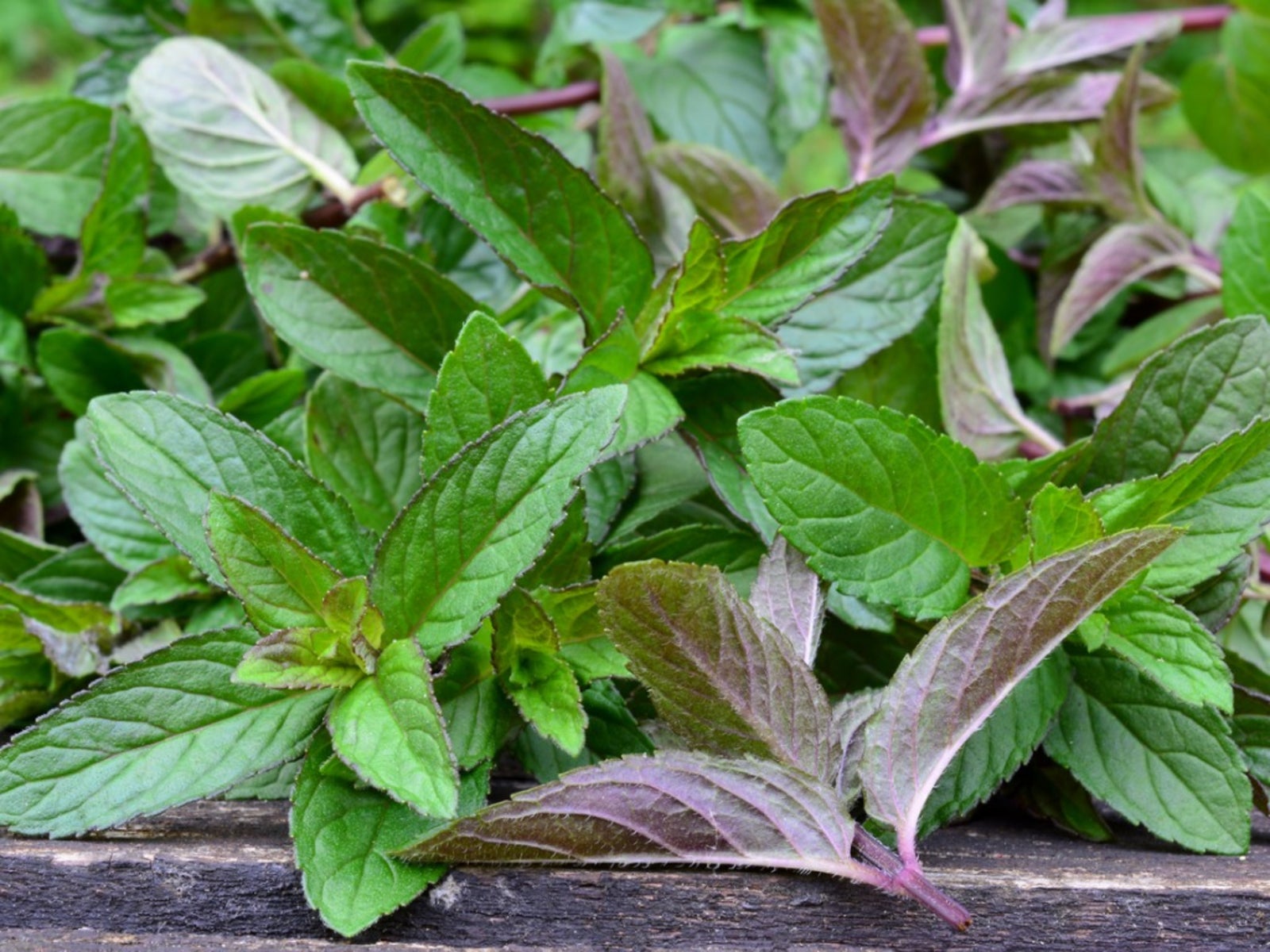Mentha Aquatica - Information About Growing Watermint


Watermint plants are aquatic to riparian flora. It naturally occurs in northern Europe along waterways, in storm ditches, and near rivers and other waterways. Older generations had many thoughts on how to use watermint. It has topical uses, can be made into a tea, helps in natural pest control, and other properties. Mentha aquatica, as it is known to botanical students, is abundant in its native range and hardy in USDA zones 8 to 11.
What is Watermint?
Shore plants, like watermint, are important for erosion control, food sources, animal habitat, and simple waterline beauty. What is watermint? Growing watermint around the pond will add fragrance in the summer blooming season and attract butterflies and pollinating insects. The midsummer blooms are caps of tiny florets amassed into a larger flower in deep hues of purple to blue, creating a beautiful effect. Watermint has thick, dark green leaves, tinged with deep, purple veins, and slight hair. Like all mints, this plant spreads with long runners, which root at nodes and create daughter plants. It has the tendency to become invasive, so plant in a container to prevent invasive growth.
Growing Watermint
Plant Mentha aquatica along the edges of bodies of water or in shallow water. The plant prefers slightly acidic soil in moist loam. Watermint plants do best in full sun but can also thrive in partial shade. The stems spread out appealingly on top of water and the bright fresh flowers add fragrance and color to the pond or water garden. You can plant the mint directly into the ground but to prevent spreading, try planting in a container with good drainage holes. Sink it directly into the edge of the water so moisture constantly flows around the roots. Watermint has few pest or disease problems, but it tends to get a little rust, so avoid overhead watering in warmer, humid regions. The plant responds favorably to light trimming and will push out thicker growth when cut back. Watermint is a perennial plant that may die back in cold weather but will burst with fresh, green growth when temperatures warm.
How to Use Watermint
Watermint plants have topical medicinal properties as a balm for sore muscles and an aid for cleaning wounds. The oils in the leaves add flavor to cooking and baking and leaves add a bright zing to salads. You can dry the leaves for use as a tea, which aids in digestion and calms ulcers. As a natural pesticide, it repels flies and mice seem to avoid the scent of the plant. Mentha aquatica distillations are also refreshing additions to mouthwash, body wash, and even lotions. The pure refreshing scent can add a boost to potpourri and as an aromatherapy treatment the plant calms and refreshes. As with all mints, the oils and aroma help relieve stuffy noses and clear the breathing passages. Watermint is a valuable and lovely addition to the garden, with uses beyond medicinal and culinary. Add the oil to cleaning products to freshen the home and enliven the air.
Gardening tips, videos, info and more delivered right to your inbox!
Sign up for the Gardening Know How newsletter today and receive a free copy of our e-book "How to Grow Delicious Tomatoes".

Bonnie Grant is a professional landscaper with a Certification in Urban Gardening. She has been gardening and writing for 15 years. A former professional chef, she has a passion for edible landscaping.
-
 Looking For Plants To Give You The Soft And Fuzzies? Try These 5 Fuzzy Leaf Plant Options
Looking For Plants To Give You The Soft And Fuzzies? Try These 5 Fuzzy Leaf Plant OptionsLovers of texture, drama, silver foliage and tactile plants will adore these special sensory garden additions. These fuzzy leaf plant options will leave you all aglow
By Susan Albert
-
 Get Ready For A Summer Of Hummers! Grow These Full Sun Hummingbird Plants and Flowers
Get Ready For A Summer Of Hummers! Grow These Full Sun Hummingbird Plants and FlowersIf you’re lucky enough to enjoy a sunny backyard, make sure you are maxing out on your pollinator opportunities and grow these full sun hummingbird plants and flowers
By Tonya Barnett